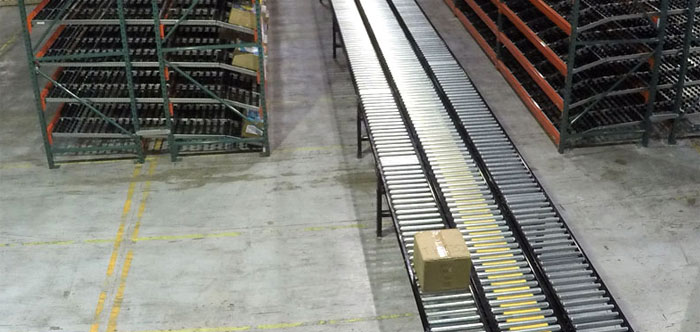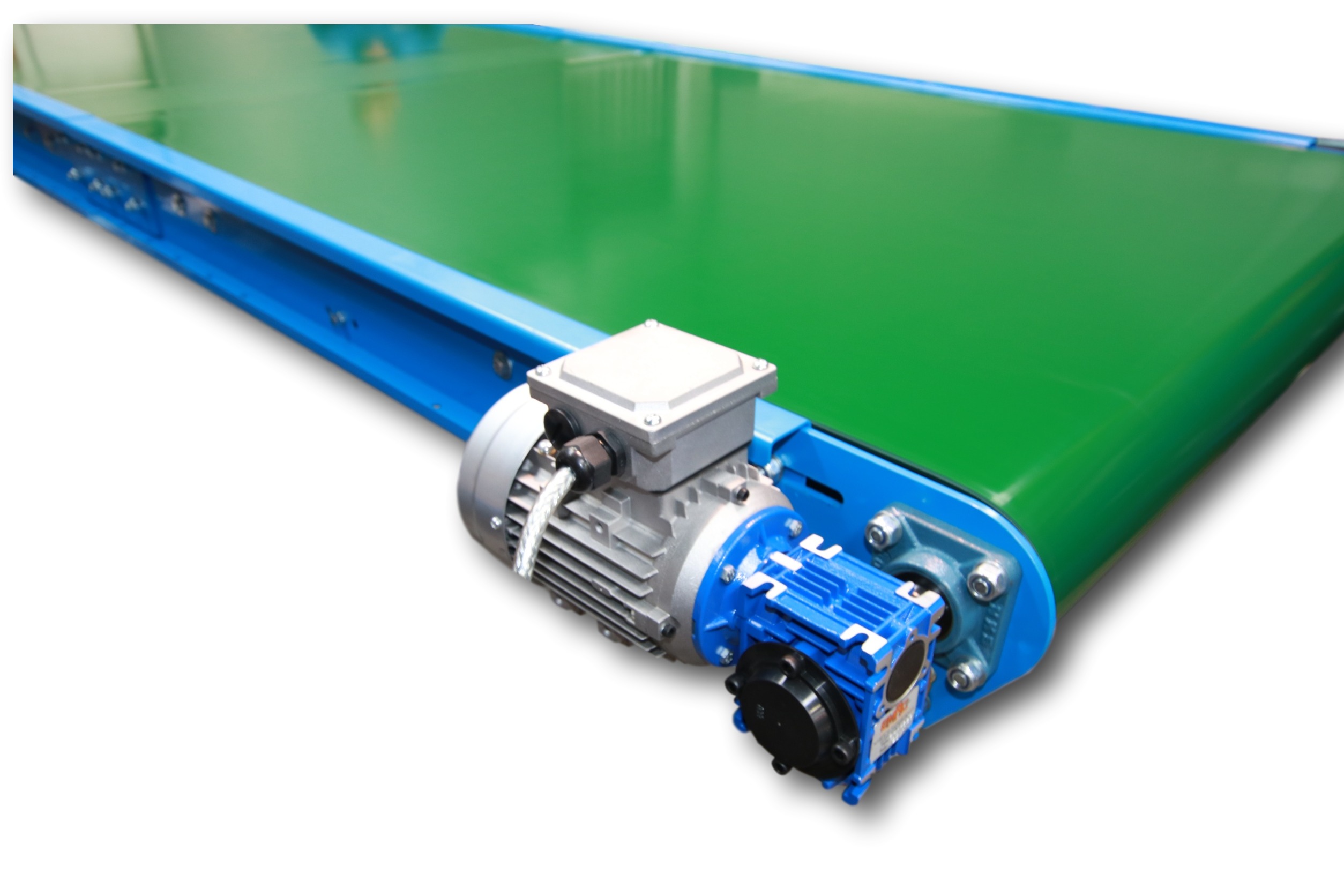Table Of Content
Beyond electrical tools, Zuken offers E3.fluid, which provides conveyor system designers with a way to create complex pneumatic and hydraulic systems for conveyors. There are many different forms of conveyors, including belt, roller, chain, and pneumatic conveyors, each serving specific needs. Due to the dynamic and multifaceted nature of conveyors, developing conveyor technology requires a blend of many engineering disciplines. The inclusion of these things reduces the requirement of additional construction on every project. These factors play a crucial role in determining the appropriate system design to ensure that the conveyor can handle the material’s weight and volume effectively while meeting the required productivity levels.
Sortation Conveyors
These case studies highlight the tangible benefits of investing in optimal conveyor belt design. By addressing specific pain points and customizing the design to meet industry requirements, manufacturers can achieve remarkable improvements in production output, efficiency, and cost-effectiveness. Maintaining proper belt alignment is crucial for optimal conveyor belt performance. Misaligned belts can lead to increased wear, product damage, and system downtime.
How Do Conveyor Belts Work?
Tech update: Log conveying in 2022 - Wood Business - Canadian Forest Industries
Tech update: Log conveying in 2022 - Wood Business.
Posted: Wed, 02 Mar 2022 08:00:00 GMT [source]
In the same way that circulatory system diseases can wreak havoc on the human body, poorly designed conveying systems can create bottlenecks and waste within the manufacturing plant or warehouse. And, just as investing in our health now prevents illnesses later in life, taking the time to properly design a conveyor system for maximum efficiency before it’s installed thwarts inefficiencies in the future. The materials that need to be transported travel along the path made by the conveyor systems until they reach their final destination. And even if the materials are moved with manual power, the systems are designed in such a way that the necessary amount of force exerted by an employee is greatly reduced. An ARB, or activated roller belt conveyor, is a type of conveyor patented by Intralox. This technology allows you to use modular plastic belting without the need for guard rails.
Conveyor Belt Uses

The below project for 2 Sisters Food Group is a great example of how to design a conveyor system of this type. The speed of the conveyor also needs to be taken into account in the calculation. If it’s variable then this will need to be fed back in as it changes otherwise the weight values will be wrong.

Additionally, you should check for any loose fasteners or worn parts that need replacing or tightening. Additionally, regular conveyor belts cannot handle heavier loads than those of higher quality. At an airport, a conveyor belt is the best way to process, sort, load and unload passenger luggage efficiently. The belt continuously passes through the loading area and circulates back around to the baggage reclaim area for efficient delivery. If you’re considering a conveyor system, consider your budget, the speed at which you need to complete your work, space and other constraints, and of course, your loading and unloading plans.
This includes things like size, through-put rates and speeds, composition, ability to flow, humidity, flammability and temperature requirements. When thinking about how to design a conveyor system we also need to know how the product needs to be moved (i.e. continuous or in batches) as this will impact the final design. The product along with the environment affect the choice of materials of construction for the conveyor.
A belt that supports moving materials moves on a series of rollers or belt-style supports. The realm of belt conveyor system design is rich with real-world applications that demonstrate the ingenuity and adaptability of these systems across various industries. Through an examination of practical examples and case studies, we can gain insights into the challenges faced during the design process and the innovative solutions that were implemented to overcome them. In the realm of conveyor belt system design, understanding the key components and their functions is crucial for ensuring the system’s efficiency and reliability. These components are the building blocks of the conveyor system, and their quality and compatibility with each other play a significant role in the system’s overall performance. Vibratory conveyors can be a variety of lengths and include different processes depending on the application.
Challenges in Conveyor Technology Development
They are useful for drainage and drying, accessing and lifting products, and transferring all items in a container for easy access. When your needs exceed those of just setting a box on a track to be dropped somewhere down the line, an inverted conveyor is a different kind of option available to you. With an inverted conveyor, you secure your load to a trolley or some other mechanical apparatus that runs on the track. As you may have guessed, a fixed speed motor rotates your pulley at a fixed rate.
Conveyor Type
Automation eliminates or reduces the need for manual labor in potentially hazardous environments, improving worker safety. Conveyor systems can be equipped with safety features such as emergency stop buttons, safety interlocks, and guarding to further enhance workplace safety. Ensuring conveyor safety should be given utmost priority, and safety features like emergency stop switches, guarding, and lockout or tagout systems must be considered during the design phase. It is crucial to implement safety mechanisms that can prevent accidents, reduce the severity of injuries, and safeguard employees working in the vicinity of the conveyor.
Implementing effective belt tracking mechanisms, such as aligning rollers and tracking sensors, ensures that the belt stays centered and moves smoothly along the conveyor system. Regular monitoring and adjustment of these mechanisms are essential for long-term performance. Conveyor systems come in various types, including belt, roller, screw, and chain conveyors, and each has its own set of advantages and limitations.
Chute ConveyorsChute conveyors are made of wood, metal, or plastic and they have an angled surface. From the very first interview to my last, it was obvious that people are the priority at the company. I most enjoy the emphasis that our leadership places on serving the community. You expect a company to focus on quality work, but it is not always a guarantee that a culture of volunteerism is encouraged. Our consulting team offers independent, unbiased evaluations and strategic recommendations for your operations. Whether you need complete warehouse designs or just an upgrade, the DCS team is here to help.
Therefore, engineers need to understand the material properties, dynamics, and mechanical forces at play to ensure durability, efficiency, and safety. Collaborate with conveyor belt manufacturers, system integrators, and industry experts to leverage their expertise and experience. They can provide valuable insights, recommend best practices, and assist in customizing conveyor belt design to suit specific production requirements. Partnering with experts ensures that the conveyor system is designed, installed, and maintained to the highest standards. The mining industry requires conveyor belts that can withstand harsh conditions, including extreme temperatures, abrasive materials, and heavy loads.
Roller conveyors operate almost in the exact opposite way as a belt conveyor. Instead of pulleys driving a belt, a roller conveyor uses a belt to drive rollers. As the belt drives the rollers simultanously, objects on top of them move in the direction of the rotation.
The belt remains attached to the rotor through the friction between the two surfaces. For the belt to move effectively, both the drive pulley and idler must run in the same direction, either clockwise or counterclockwise. There are different types of overhead conveyor systems, each with a similar function but different designs. DCS delivers unique, customized material handling solutions and fulfillment automation for e-commerce and multi-channel operations that leverage the latest technologies and equipment.

No comments:
Post a Comment